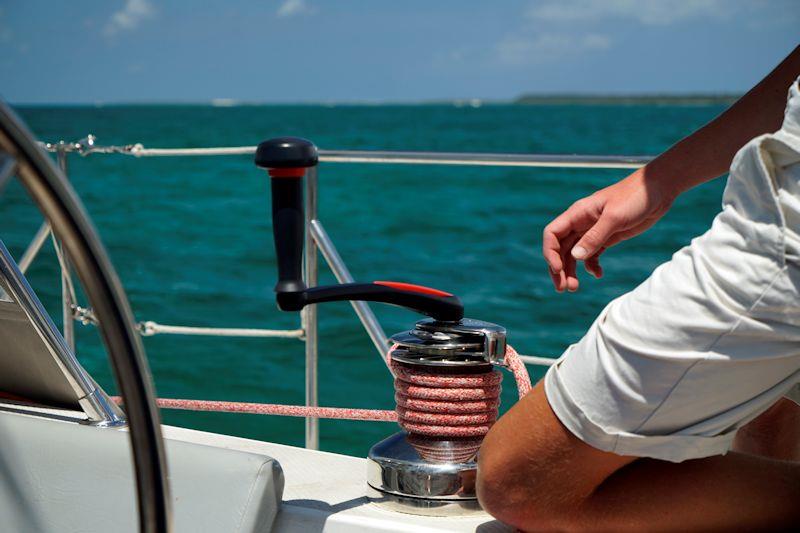
Andersen Winch - Laser focus on a simple, reliable, high-quality design
by Aleix Escorsell 27 Mar 2020 06:00 NZDT

Andersen Winch © Ronstan
As part of the Ronstan brand, Andersen are 100% focused on providing simple, reliable high quality sailing winches. Anderson made the decision early on to focus on one standard range and do it well. This article will look at the Andersen range and outline some of the features and benefits of their easily recognisable design.
The Andersen winch range goes from 12 all the way up to 110 to cover a wide array of boat sizes from dayboats to superyachts (N.B. the size number relates to the maximum power ratio of the winch and is used as a standard naming convention by all manufacturers). All of their winches are self-tailing and the vast majority are two-speed, the only exceptions being the 12ST and 18ST (single-speed) and the 82ST (three-speed).
One of the most noticeable features of Andersen winches is the polished stainless-steel finish. Andersen have made a definite commitment to the material for its durability, high strength to weight ratio and resistance to corrosion. Many of the other manufacturers have polished metal winches but the majority are using chrome. Chrome is a little lighter, less expensive but less durable and more susceptible to surface scratching and corrosion than stainless steel. Therefore, Andersen have chosen to make a small compromise in weight for a significant gain in quality.
The polished stainless steel drum surface relies its distinctive Power RibTM pattern to provide a gentle, but secure, grip on halyards and sheets. This surface finish reduces wear on your ropes and allows the rope to slide up and down easily without sacrificing grip.
Andersen do offer bronze, black and even a titanium (looking) ZT finish, but the vast majority of sailors go for their classic, trademark, stainless-steel aesthetic.
With a laser focus on a simple high-quality range Andersen do then cover all the options within that, extremely well. They offer electric versions for the majority of the range from 28-72ST with options for above or below deck motors and single speed or variable speed. They have a more limited range of hydraulic powered winches from 52-72ST which reflects the fact that hydraulic systems are more commonly used on larger boats.
Importantly, they do also offer electric conversion kits for all their manual winches between 28-72ST. This is a popular solution for sailors who are increasingly turning to electrical systems onboard to improve comfort and adapting their sailing as they get older or sailing with fewer/lighter crew.
Andersen's laser focused approach has created a range that is simple, reliable and stands the test of time. The Andersen winch is a great all-rounder which is suitable for any serious cruising sailor.
The full range of manual winches is available here or alternatively, for powered options, please complete the upffront.com winch enquiry form.